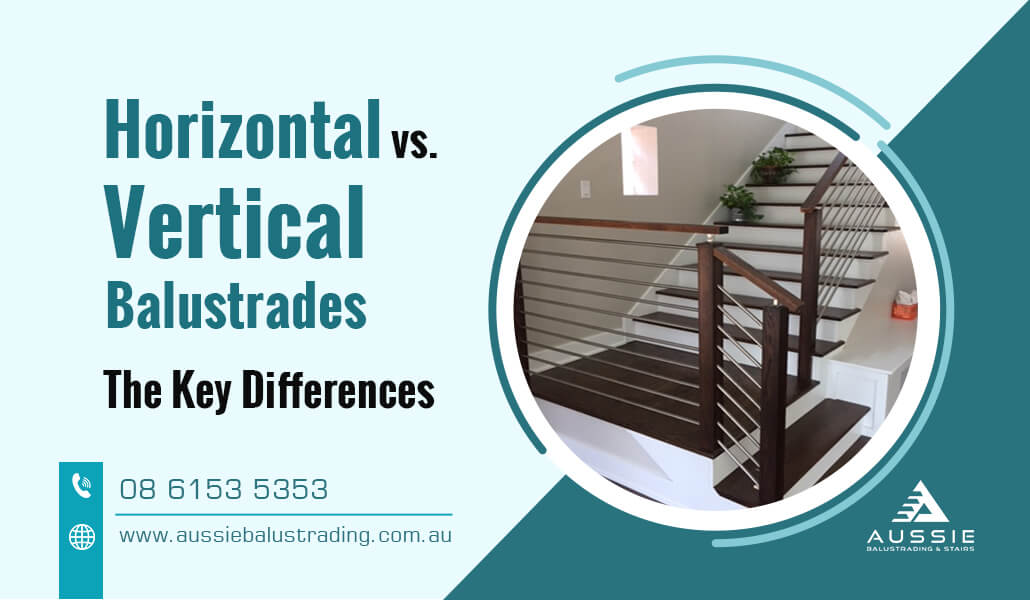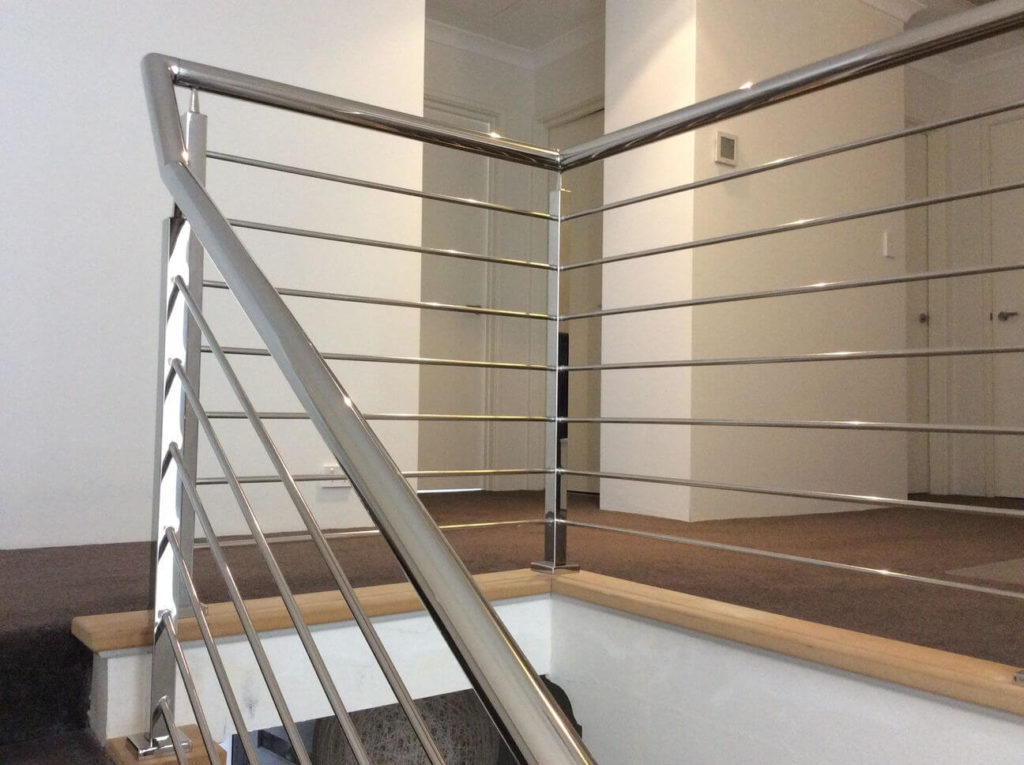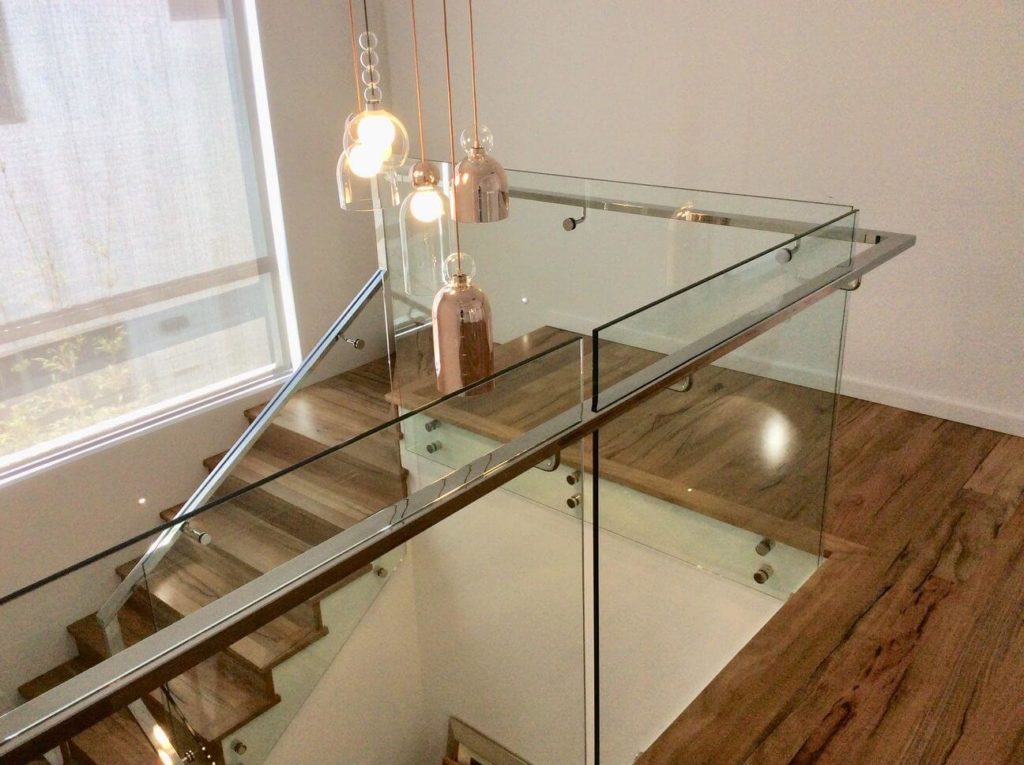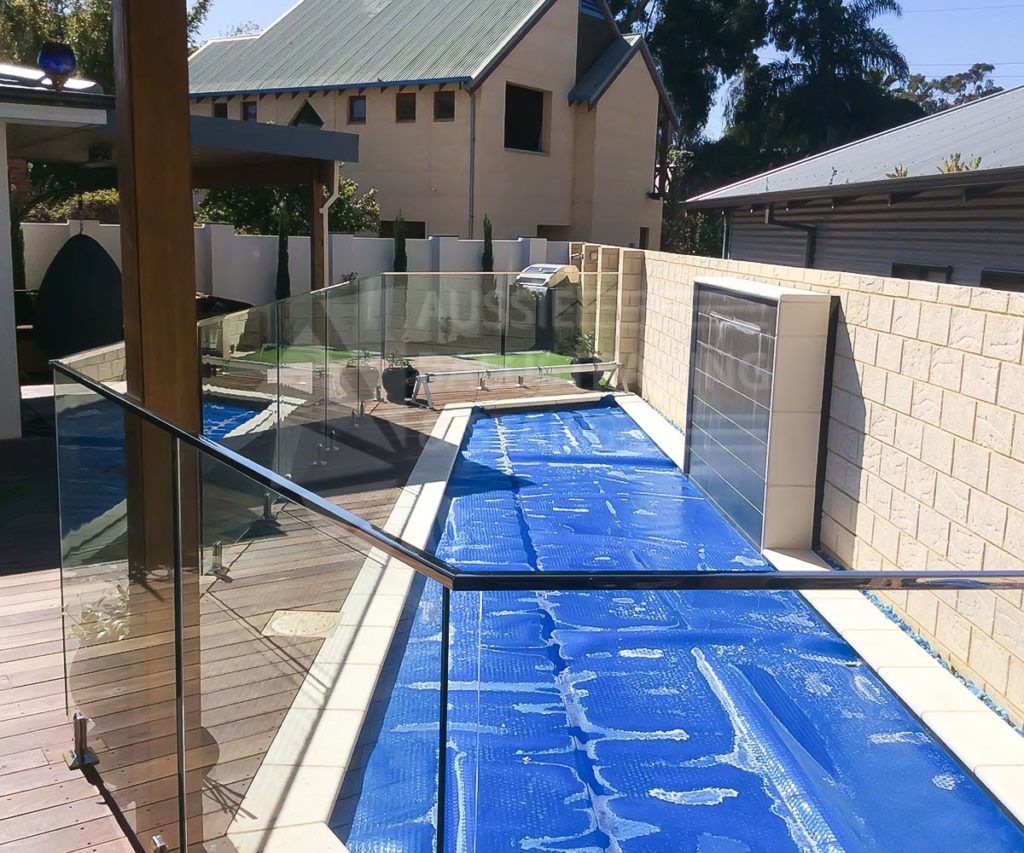Balustrades are important components of staircases, balconies, and decks for indoor or outdoor purposes. They are mainly composed of posts, handrails, and toppers installed to provide support and stability to railings. Also, balustrades help prevent accidents and injuries by providing assistance and balance.
The cost of installing balustrades varies depending on many factors, including the type of fence, the material used, the area’s size, and the installation’s complexity. Nonetheless, they are available in two standard types: horizontal and vertical.
Before contacting a local balustrade supplier, it pays to know the difference between the two so that you can identify what you need for your home.
Horizontal Balustrades: Pros and Cons
Horizontal balustrades are constructed, so the handrail is mounted on top of the posts. This design is ideal for outdoor areas like decks and balconies because it lets users see through the gaps between the handrail and the poles.
In other words, horizontal railings offer an unobstructed view of the surroundings. Moreover, horizontal balustrades are easier to clean because there are no gaps or crevices where dirt and grime can accumulate.
On the flip side, horizontal balustrades are less durable than vertical balustrades. This is because the handrail is mounted on top of the posts, making it susceptible to damage. Also, horizontal balustrades require more maintenance because you must regularly clean the gaps between the handrail and the posts to prevent dirt and grime from accumulating.
Still, horizontal balustrades are versatile, making them popular for residential and commercial applications.
Vertical Balustrades: Pros and Cons
Balustrade suppliers often recommend vertical balustrades for households with small children and pets. This is because they are more difficult to climb than horizontal balustrades. In addition, vertical balustrades are more durable because the handrail is fastened securely to the posts. This means that vertical railings can withstand more wear and tear from the elements.
Aside from that, vertical balustrades are easier to maintain because there are no gaps between the handrail and the posts. This prevents dirt and debris from forming in the balustrade.
The main downside of vertical balustrades is that they can be more expensive than horizontal balustrades. This is because the posts need to be fastened securely to the handrail, which requires more time and materials.
Which Balustrade Option Is Right for You?
When choosing a balustrade for your home, it’s essential to consider your needs and preferences. This way, you won’t have to spend money on unnecessary features that you won’t use.
For instance, if you want a railing that can prevent young children and pets from falling off a raised deck or balcony, a vertical balustrade with closely spaced posts is your best option. If you prefer a fence that’s less expensive and easier to install, a horizontal rail is a good option.
The best balustrade for your home is the one that meets your needs and preferences. You can also consult your balustrade supplier for more details.
Final Thoughts
Horizontal and vertical balustrades serve different purposes. Horizontal balustrades are typically used for stairs and decks. Meanwhile, vertical railings are used for balconies and porches. Both balustrades have pros and cons, so choosing the one that is right for your needs is vital.
Aussie Balustrading and Stairs is an affordable and reliable balustrade supplier in Perth and Western Australia. We provide an extensive range of high-quality balustrades for all homes. Get a quote from us today!




